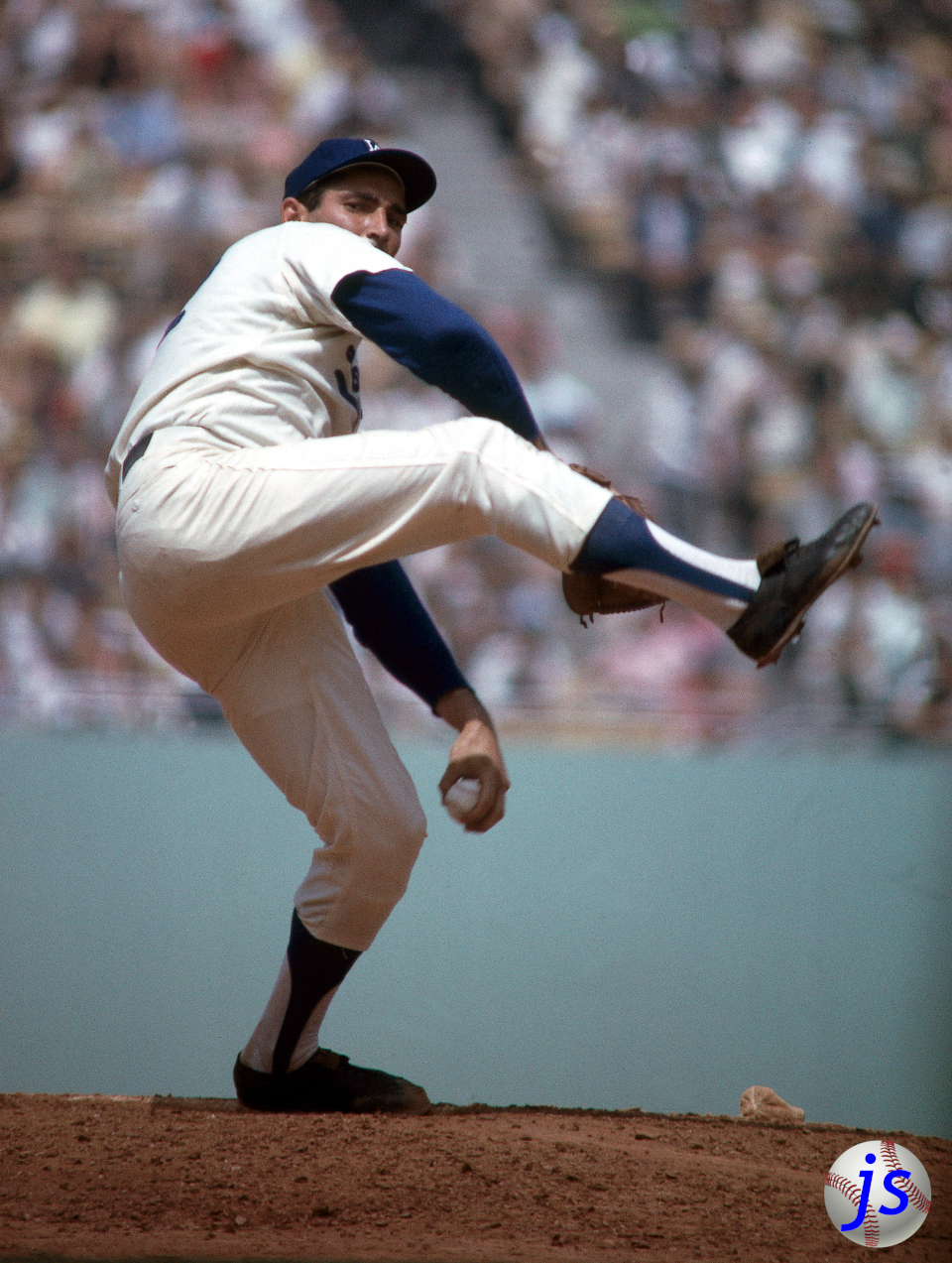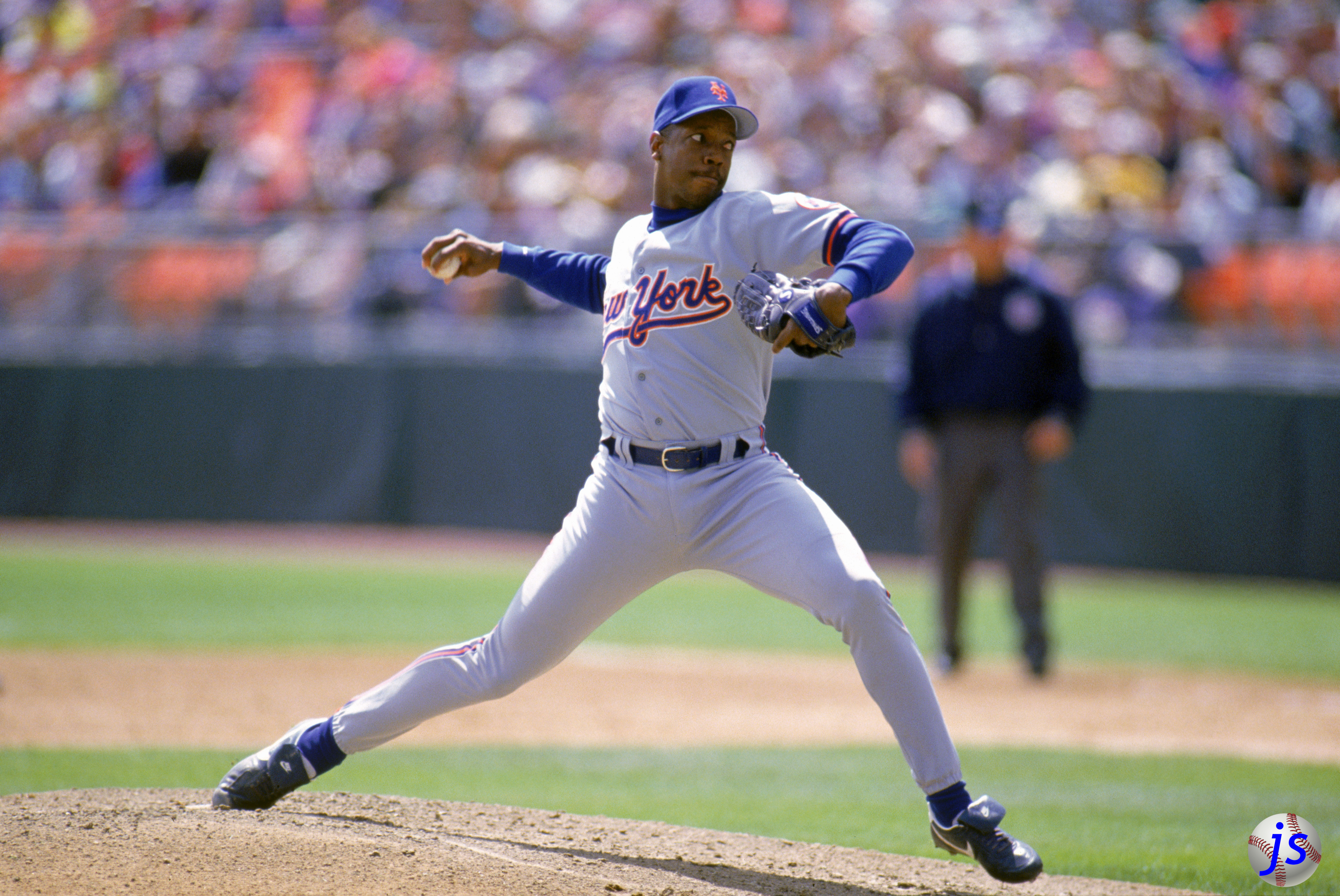What If?
In baseball there are many factors that have created “what if” questions:
What if player x did not get traded?
Easily the most famous example talked about by baseball fans is Babe Ruth. Would the Yankees have become a dynasty without Ruth? Would the Red Sox have remained the best team in the American League? Would Ruth have remained a pitcher?
The Red Sox had won five World Series championships in the 17 seasons before Ruth was traded. Ruth helped Boston win the 1916 and 1918 World Series with a total of three pitching victories.

What if player X did not get injured?
There are so many players to consider and injuries at many different points of a player’s career to look at. For example, one of the earliest is Pete Reiser. Pistol Pete was a Brooklyn Dodoger centerfielder in the 1940s. In his first full season in 1941, he led the league with a .343 batting average, .558 slugging percentage and .964 OPS, while playing a brilliant centerfield. There was only one problem, Reiser had a bad habit of running into the centerfield wall, including running into the wall face first in St Louis. In July 1942. He returned after missing only four games with a concussion, but hit only .244 for the rest of the season. After serving in the military the next three years, he was often injured and never became the player he was early in his career.
This “what if” can also be used to describe the career of Hall of Famers. Sandy Koufax, for example retired at the age of 31 because of an elbow injury, after winning his third Cy Young award with a 27-9 record, 317 strikeouts and a 1.73 ERA. Another ten years to his career and six-seven peak seasons would have given him 325 - 350 wins and 4,500 – 5,000 strikeouts. Mickey Mantle won his third MVP in his age 30 season and had only one more great season before retiring at age 37 from chronic knee injuries that plagued him during the second half of his career. Ken Griffey Jr. was injured in his second season I Cincinnati during his age 31 season and he never posted numbers like his back-to-back 56 home run, 140+ RBI seasons from his days in Seattle. We will never know. How about Albert Pujols. He appeared to be a machine during his 11 seasons in St. Louis, averaging .328, 40 HRs and 121 RBI. Unfortunately, after numerous injuries, including planter fasciitis, Albert has averaged only 21 HRs during his eight seasons with the Angels and seen his lifetime batting average plummet to .300. Could Junior and Albert have challenged the homerun record if they stayed healthy? We will never know.

What if player x did not take drugs?
There are many examples of players who had a fast start to their careers. Two of the most famous examples are young NY Mets stars from the 1980s, Dwight “Doc” Gooden and Darryl Strawberry. Doc was NL rookie of the year in 1984 and came back in 1985 to have one of the greatest pitching seasons ever, going 24-4 with a 1.53 ERA and 268 strikeouts. Daaaaarryl - as Red Sox fans taunted during the 1986 World Series – was the #1 overall draft pick in the 1980 MLB draft. Darryl was NL rookie of the year in 1983 and was known for his sweet swing (maybe the best ever until Ken Griffey Jr. arrived) and combination of [power and speed, including back-to-back 39 homerun seasons in 1987 and 1988 with 36 and 29 stolen bases, respectively. Unfortunately, both had an addiction to cocaine and two of the game’s biggest stars drifted into mediocrity. Doc had several good to very good years through 1990 but after that he was an average pitcher. The most games Darryl payed in after 1991 was 101games. Gooden could have been the equal of Tom Seaver or Roger Clemens. While the young Strawberry was comparable to a young Barry Bonds, Baseballreference.com lists his closest comparable player as Jeremy Burnitz.

Chicago Cubs pitchers, Kerry Wood and Mark Prior from the late 1990s - early 2000s are other examples of young pitchers not reaching their potential because of injuries. Kerry wood was a young flame thrower who struck out 20 batters in a game in his rookie season and 233 batters in only 166 2/3 innings. Arm injuries throughout his career limited Wood to only two 200 inning seasons in a fourteen year career, while his teammate Mark Prior’s career was cut sort after five seasons. Mark Prior was the 2nd overall pick of the 2001 draft (behind Joe Mauer) joined the Cubs I 2002 and went 18-6 with a 2.43 ERA and 245 strikeouts while anchoring the Cubs staff on a run that infamously fell one game short of the World Series. Prior was part of the reason the Cubs lost the NLDS that season as he had a melt down on the mound after the Steve Bartman incident in game 6. Speaking of Mauer, he was on the way to a Hall of Fame career as a catcher until concussions forced a move to first base.

What if player x did not take performance enhancing drugs (PEDs)?
Mark McGwire, Alex Rodriguez, Manny Ramirez, Rafael Palmeiro and the many other players alleged to have taken PEDs, including Clemens, Bonds and Sammy Sosa, have all put up historic numbers. Bonds won seven MVP awards, four more than any other major leaguer in history and Clemens won seven Cy Young awards, three more than any other pitcher. Bonds, McGwire and Sosa hold the top seven spots on the single season home run list. Bonds is the all-time home run leader and Rodriguez, Sosa, McGwire, Palmeiro and Ramirez, who are 4th, 9th, 11th, 13th and 15th, respectively. Without PEDs, would these players have hit so many homeruns? Would the 1990 sluggers dominate the all-time home rum hitters list? It is likely Bonds, Rodriguez, Clemens and some of the others would have been great players and at least Bonds, Rodriguez and Clemens would likely have been Hall of famers but would they have had careers equal to 1st tier hall of famers?.
Unfortunately, we will never know.